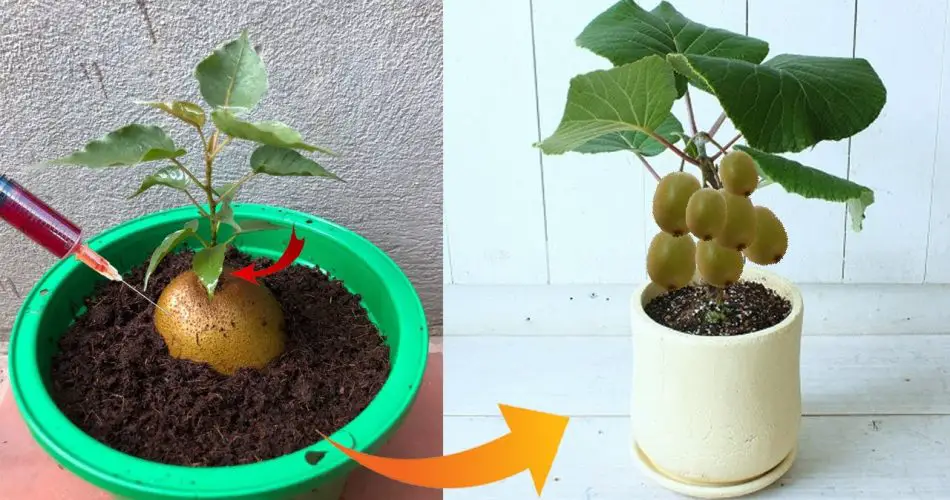
Pear Perfection: Unveiling the Hidden Art of Propagation
Pears, with their juicy sweetness and versatile uses, have been a beloved fruit for generations. While common methods of propagating pear trees include grafting or growing from seeds, there exists a lesser-known and surprisingly effective technique that many are unaware of. This article seeks to illuminate the hidden art of propagating pears, challenging traditional practices and providing enthusiasts with an alternative, accessible approach to cultivating their own pear orchards.
The Mystery of Pear Propagation:
The propagation of pear trees has historically been associated with grafting or planting seeds. However, nestled in the world of orchard secrets is a method that deviates from the norm, offering a simpler yet successful way to multiply pear trees. Few people are acquainted with this alternative approach, making it a hidden gem for those eager to explore innovative methods of orchard cultivation.
Demystifying the Process:
The lesser-known method of pear propagation revolves around utilizing hardwood cuttings from existing pear trees during their dormant phase. Unlike more established practices, this technique skips the complexities of grafting or dealing with the uncertainties of growing from seeds, making it an appealing option for orchardists seeking a straightforward path to expanding their pear harvest. By demystifying this unique approach, pear enthusiasts can embark on a new journey of orchard cultivation.
Steps for Pear Propagation:
- Choosing Healthy Parent Trees: Kickstart the propagation process by selecting healthy and vigorous pear trees as parent plants. The success of this method hinges on the strength and vitality of the chosen trees.
- Timing is Crucial: Opt for dormant cuttings during the winter months when pear trees are not actively growing. This dormant phase enhances the chances of successful propagation.
- Identifying Suitable Cuttings: Look for mature stems or branches from the parent pear tree, typically around pencil-thickness. These cuttings will serve as the foundation for new pear trees.
- Trimming and Treating Cuttings: Trim the selected cuttings to around 12 to 18 inches, ensuring there are at least three to four buds on each cutting. Remove excess foliage, leaving only a few leaves near the tip. Treating the cuttings with a rooting hormone can enhance root development.
- Planting the Cuttings: Insert the treated cuttings into a well-draining potting mix or directly into garden soil. Ensure they are planted deep enough to cover at least two buds. Maintain proper spacing between cuttings for optimal growth.
- Watering and Patience: Keep the soil consistently moist but not waterlogged. Place the cuttings in a location with indirect sunlight. Exercise patience as the cuttings establish roots and prepare for new growth.
- Transplanting Matured Cuttings: Once the cuttings have developed a robust root system and displayed signs of new growth, transplant them into the desired location in your orchard.
Unexpected Success and Benefits:
The surprising success of propagating pears through this lesser-known method challenges conventional wisdom and brings forth several benefits:
- Simplicity: This method simplifies the pear propagation process, making it accessible to a broader audience, including novice orchardists.
- Cost-Effectiveness: Utilizing cuttings from existing trees eliminates the need for expensive grafting equipment or purchasing specific pear clones.
- Preservation of Genetic Traits: Propagating pears through dormant cuttings allows for the preservation of desirable genetic traits, ensuring the continuation of favored pear varieties.
- Resource Conservation: By using dormant cuttings, orchardists can conserve resources and reduce the need for additional trees.
As orchardists continue to explore innovative propagation techniques, the lesser-known method of pear propagation emerges as a surprising success story waiting to be discovered. By shedding light on this alternative approach, this article aims to inspire pear enthusiasts to reconsider their methods and explore new possibilities for expanding their orchards. As more individuals unveil the potential of this unique method, it has the potential to transform the way pears are propagated, offering a fresh and accessible perspective on the art of orchard cultivation.


